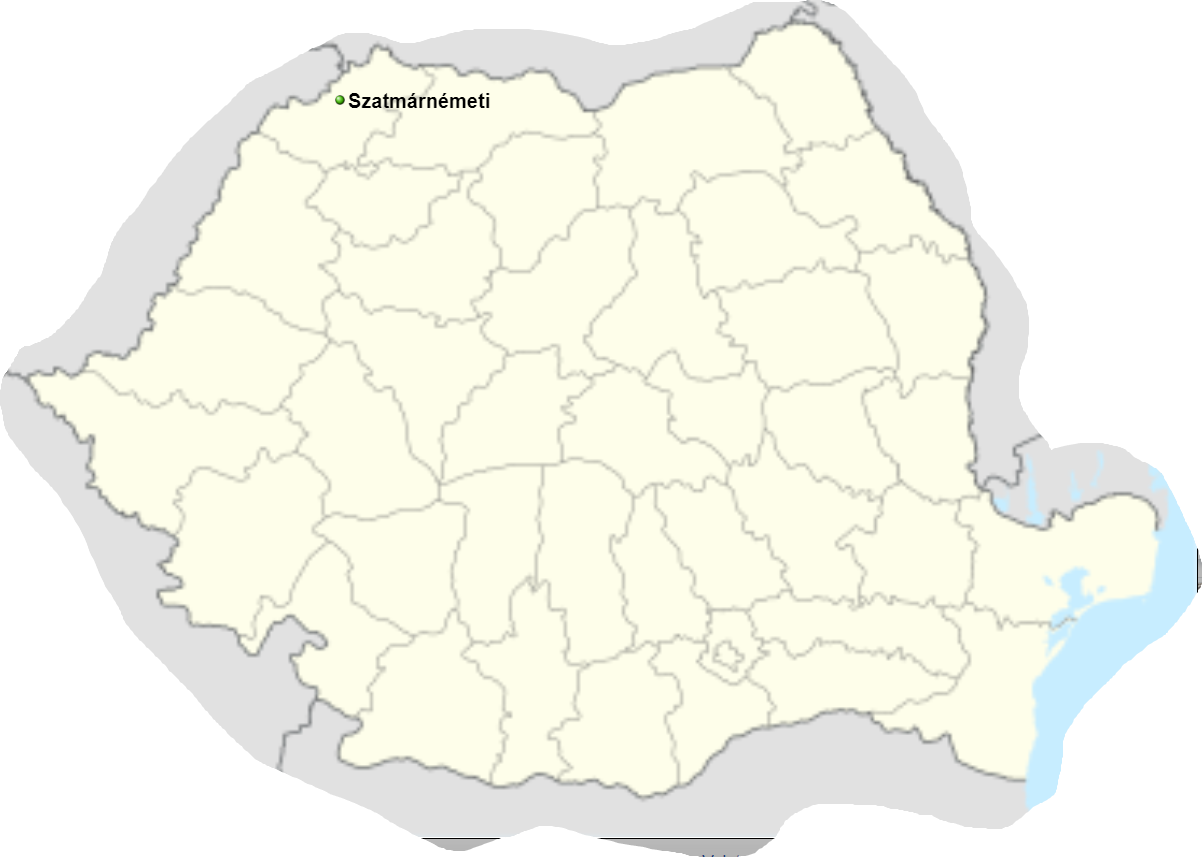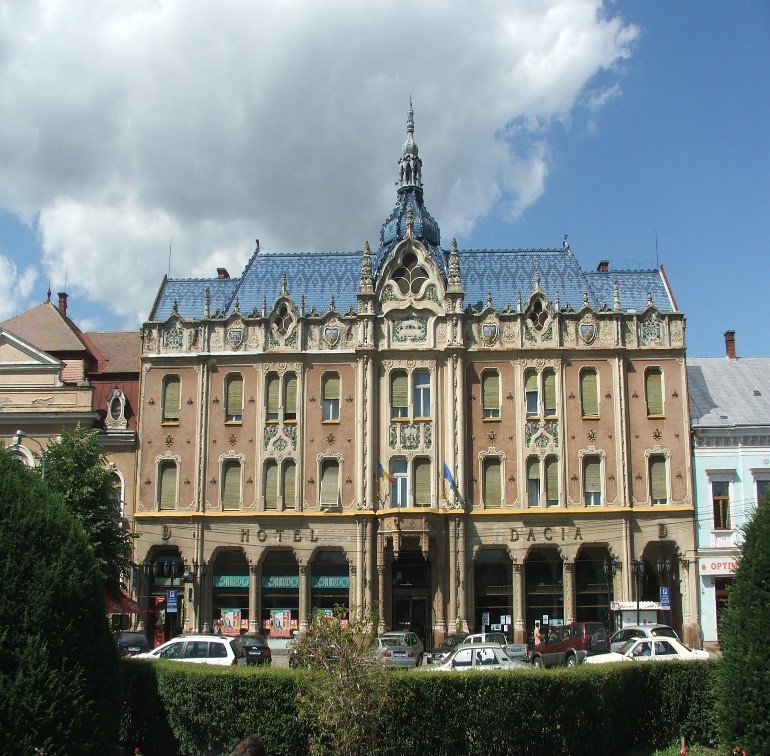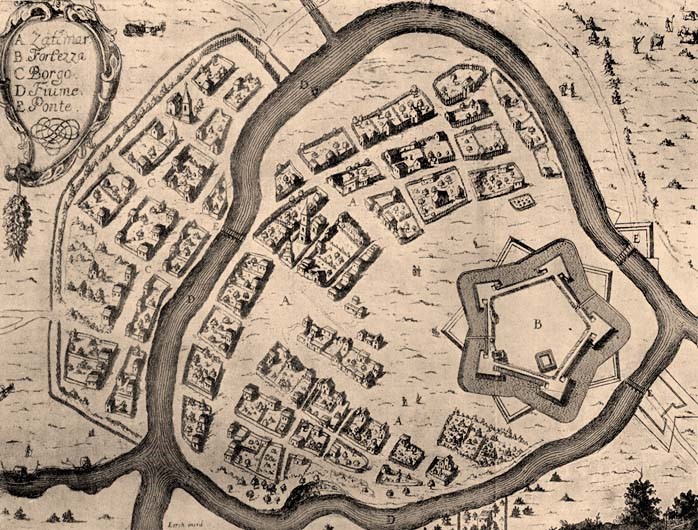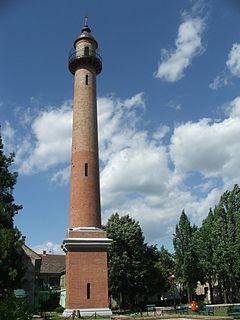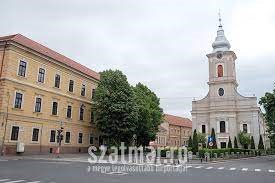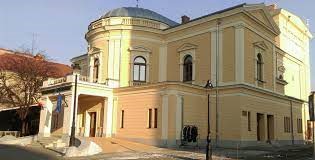Satu Mare (in Hungarian Szatmárnémeti, colloquially Szatmár; in German Sathmar; old Romanian name Sătmar or Sătmar-Mintiu) is the seat municipality of the county of the same name, Transylvania, Romania, consisting of the component localities of Satu Mare (the seat) and Sătmărel.It has a population of 102,411 inhabitants in 2011.The archaeological discoveries in Ţara Oașului, Ardud, Medieșu Aurit, Homoroade, Lazuri, etc. highlights a range of evidence for Stone Age and Bronze Age settlements; there is also evidence of the continuity of the habitation of these lands by Geto-Dacian communities and the presence of Celtic communities after the Roman conquest.Later, these territories were part of the voivodship ruled by Menumorut, one of the 10th-century defense fortresses being at Satu Mare (Castrum Zotmar), conquered by Szabolcs and Tas, as Anonymus’ chronicle mentions.
In the Middle Ages, on the territory of the current city of Satu Mare, there were two human settlements, Mintiu and Satu Mare, separated by the Someș river.The first written information about this region indicates Satu Mare as the center of the royal county of the same name, operating around a fortified castle: the Satu Mare citadel.
Mind appears in documents at the beginning of the 13th century as a settlement of German settlers.Lacking a fortification of its own, Mind never had the strategic and military importance of Sătmar. The first known privilege is granted to the city of Mintiu by the Hungarian king Andrei II, in 1230A similar privilege was issued for Satu Mare in 1264
In terms of obligations, the cities were obliged to send five armed men to the king’s army, to pay a tithe of 12 denarii, and to provide two meals for the king and his companions, should they ever stop in Satmar.The rights granted in return to the two cities were relatively extensive, being administratively and legally extracted from the authority of the city committee and placed directly under the authority of the king or the royal treasury.At the same time, the inhabitants had the opportunity to choose their county and priest, also benefiting from a customs-free ford on the Someș river.In 1162 Stephen III of Hungary donated the city’s revenues, made from fees and taxes, to the Szentjobb Monastery in Berekys.The city’s first medieval fortress was built during the reign of Stephen I of Hungary and was destroyed, together with the cities of Satmar and Mintiu, in 1242 by the Tatars during the first Mongol attack.
After the retreat of the Mongols, the fortress and the two neighboring towns were rebuilt by order of King Bela IV.
In 1247, Sătmarul became the residence of King Stefan V of Hungary, after the young prince obtained from his father, Béla IV, the right to rule as king in the east of the kingdom.
Becoming one of the two royal residences, Sătmarul receives privileges equal to the old capital, Székesfehérvár, ruled by the old king, Béla IV until 1270. In 1411 Sigismund of Luxemburg granted the Serbian despot Gheorghe Brancovici the towns of Sătmar and Mintiu as a fief in exchange for the city of Belgrade. In 1460 the city again became royal property. After 1543, when the fortress came into the possession of the Báthory family, changes were made to the bed of the Someș, in order to defend the fortress in its southern part, so that the fortification remained located on an island connected to the main roads by three bridges over the Someș.
During the violent conflicts, on September 28, 1703, Sătmarul was burned and demolished by the Lobonts, on the same day, the Curuts destroyed the town of Mintiu.
The two camps (the pro-Habsburg of the Lobonts and the anti-Habsburg of the Kuruts) put an end to the war also in Sătmar, on April 30, 1711, when, in the Vécsey Palace, they concluded the Peace of Sătmar, after having previously the Curut army capitulated at Moftinu Mare.The following year, on December 29, 1712, Sătmarul (Szatmár) and Mintiul (Németi) were administratively united under the name Szatmár-Németi (Sătmar-Mintiu).
The 18th century marks the beginning of an intense process of urbanization of the city, from this period some representative buildings date: the old town hall, the inn, a barracks, the Greek-Catholic church, the reformed church, etc. In the 1859/1860 school year, the first Romanian language department was introduced at the High School in Satu Mare (founded in 1642), with the first teacher, the archpriest Petru Bran. The department operated until 1907. In the 19th century (and especially in the second half of the century) a period of intense urbanization and commercial, economic, cultural and social development begins.The city’s prosperity continued until the beginning of the First World War. With the outbreak of the First World War, the dynamic development of the city stopped.
At the end of the First World War, the city of Satu Mare was in an uncertain situation, since, unlike the other urban centers in Transylvania, the Romanian administration had not yet been fully established in the city, although a Romanian National Comitantes Committee functioned for a short period, in November-December 1918.After this period, the big enterprises in the city, the Unio Wagon Factory, the Princz Factory, the Ardeleana Textile Company, the Freund Oil Refinery, the Brick Factory, the Furniture Factory prosper, and the municipality makes important investments in communication routes, schools, hospitals, constructions public, communal plants.On July 15, 1919, the high school was taken over by the Romanian authorities and transformed into Mihai Eminescu High School, the first secondary education institution with teaching in the Romanian language in the city. In parallel, the banking system and trade develop, so that in 1929, the Chamber of Commerce and Industry and the Commodity Exchange are established, which have as members 25 anonymous trading companies and 75 industrial and manufacturing firms; in 1930 there were 33 bank branches in the city. During the interwar period, the municipality of Satu Mare was the seat of the county of Satu Mare. The rise of fascism in Europe and the outbreak of World War II produced dramatic changes in the city’s social, political and economic climate. Following the Second Vienna Arbitration (August 30, 1940), Satu Mare county, as well as all the northwestern and eastern counties of Transylvania, were annexed to the Kingdom of Hungary.The city of Satu Mare was liberated by the Romanian Army in the fall of 1944. The factories Unio, Princz and other important enterprises in the city were nationalized in 1948, the development of the city following the framework of the five-year plans.
Since the 1960s, as a result of forced industrialization, the number of inhabitants of Sătmar has increased significantly, also determining the expansion of the city’s territory.In the floods of the spring of 1970, 56 villagers died and a large part of the city was destroyed, the floods causing the collapse of more than 2,000 houses.
